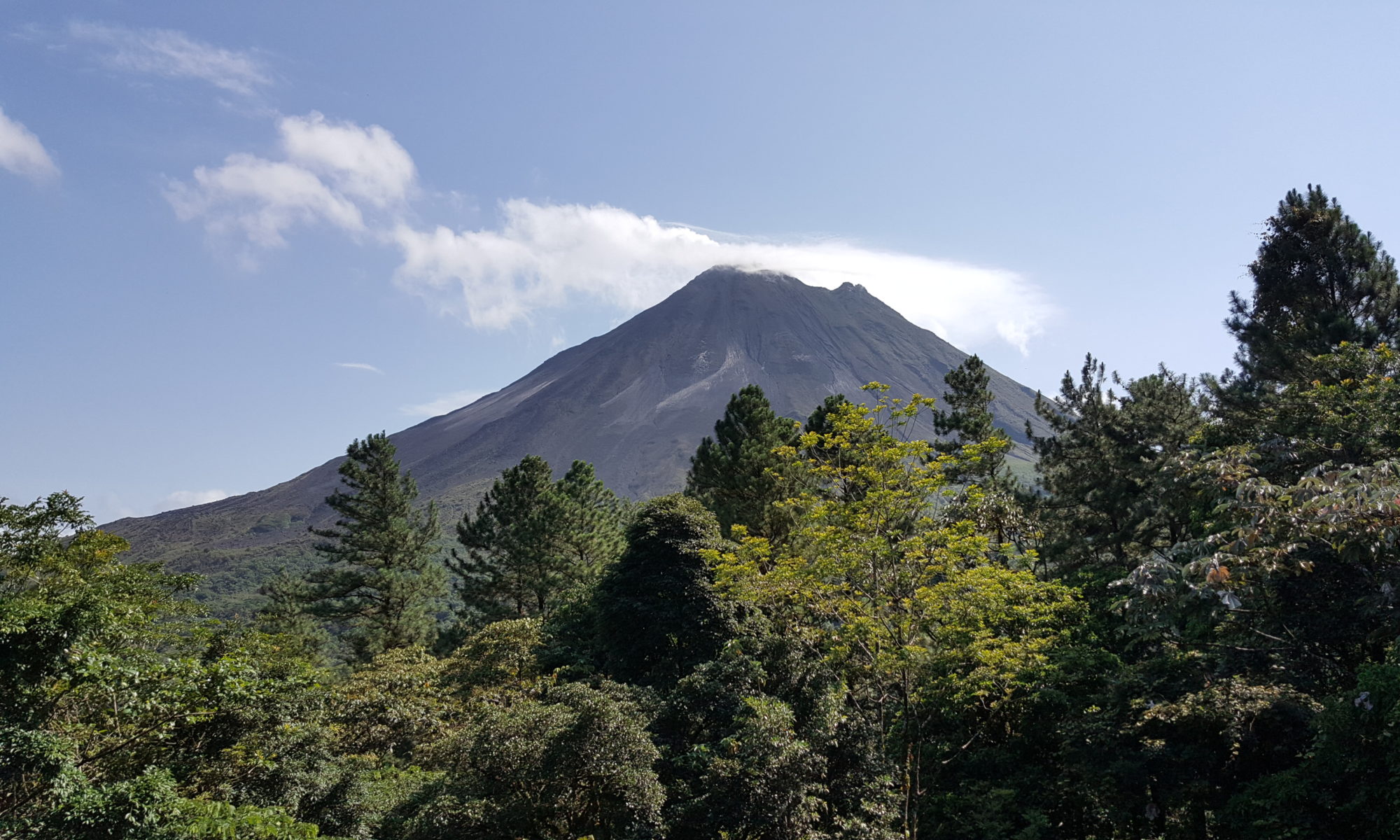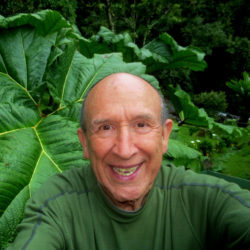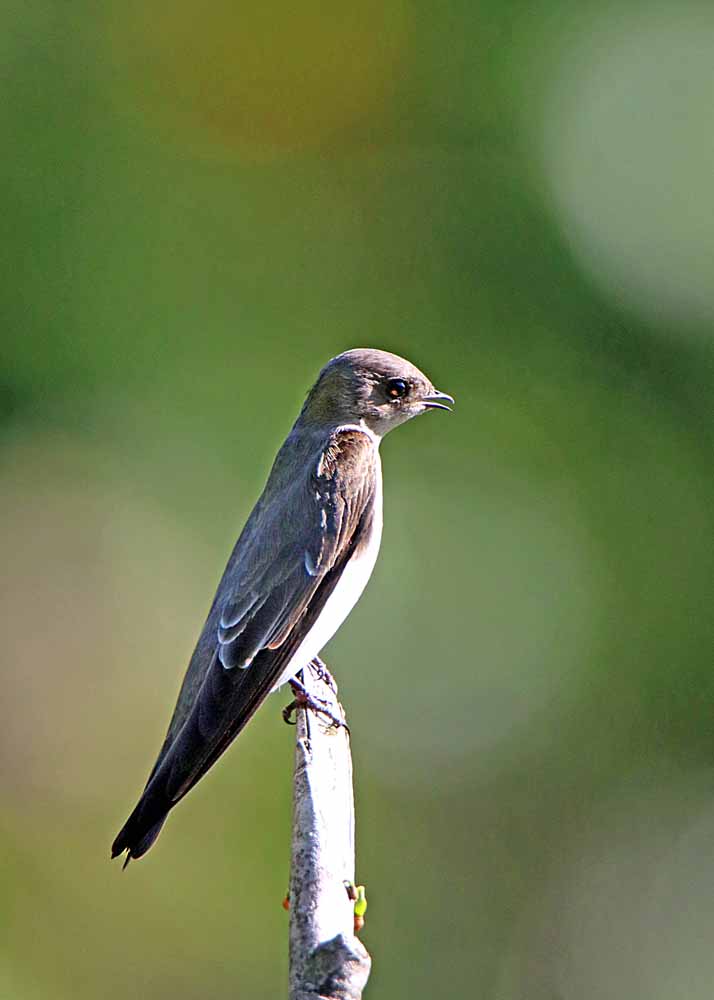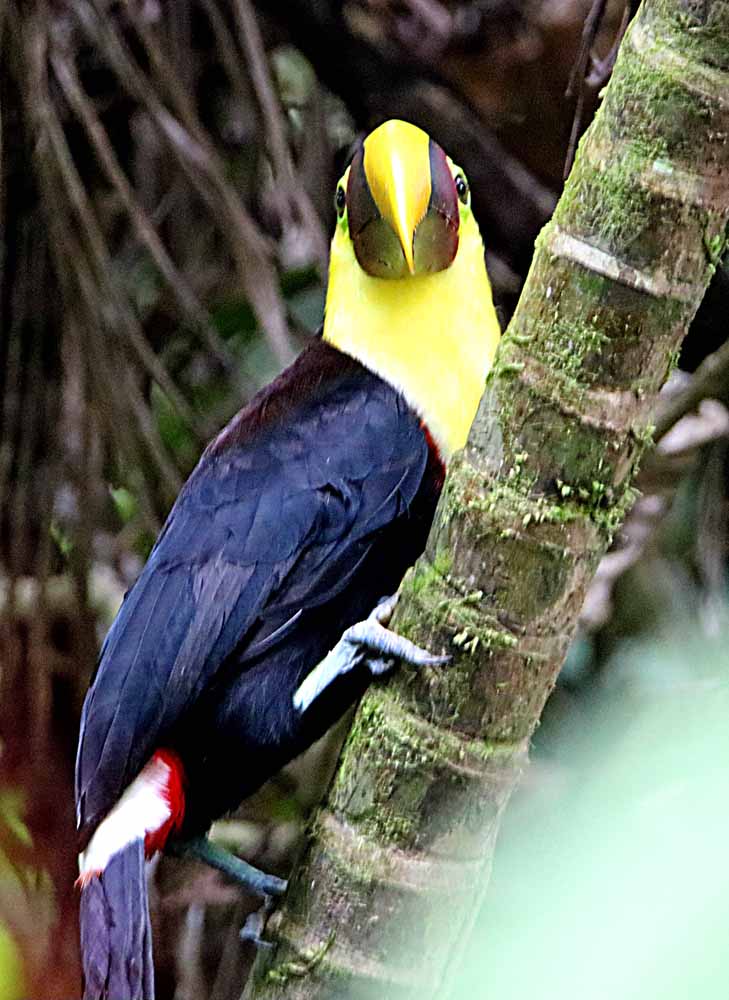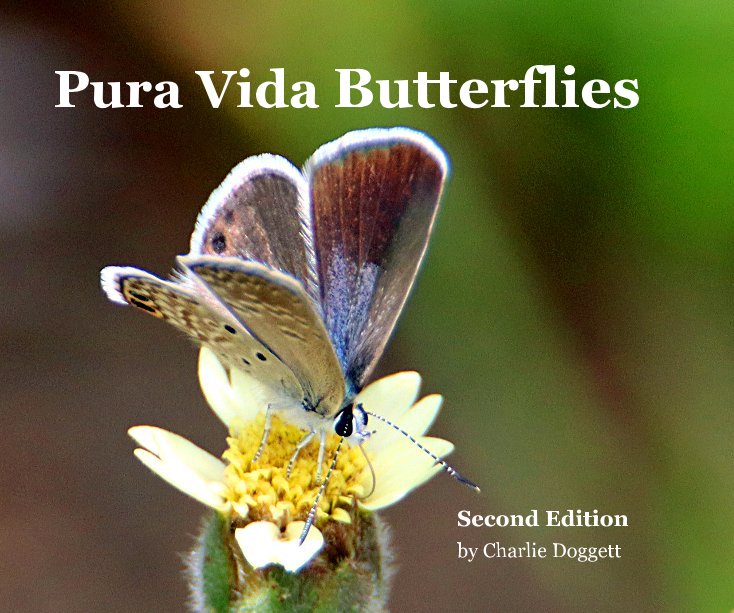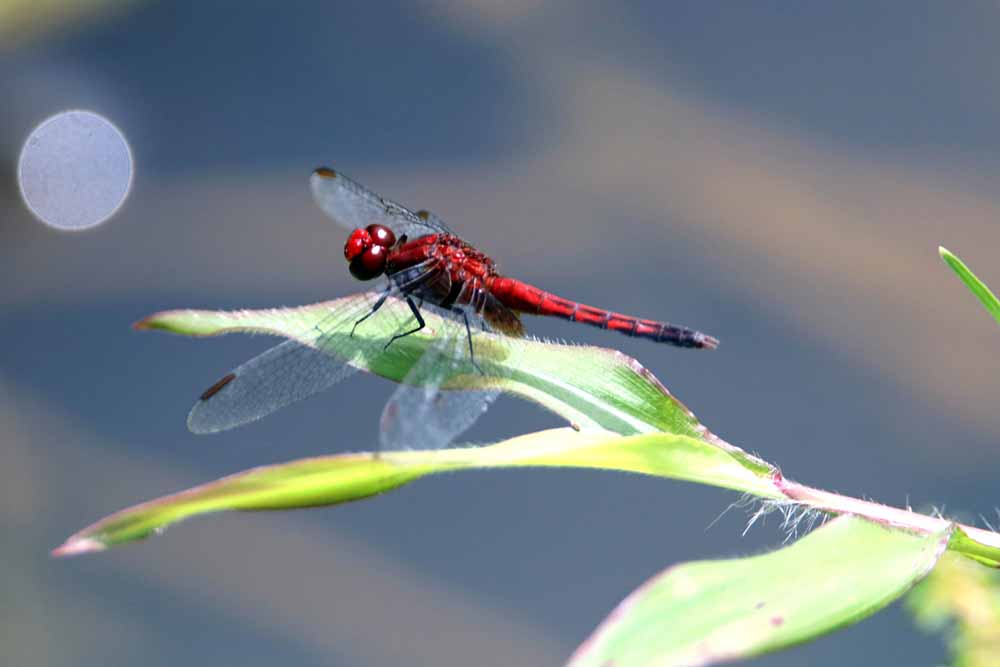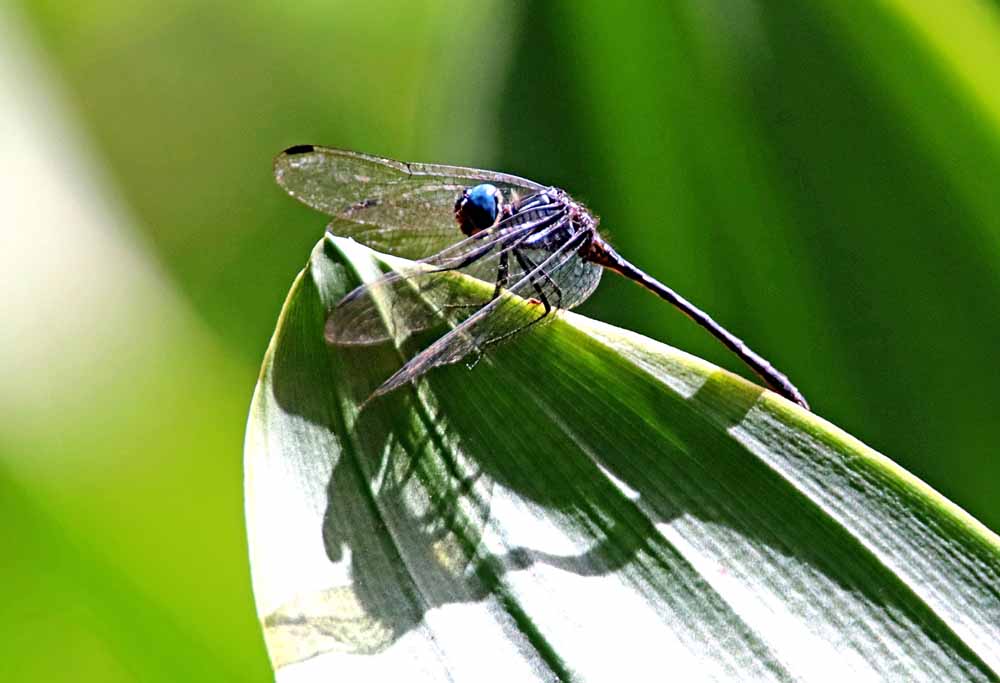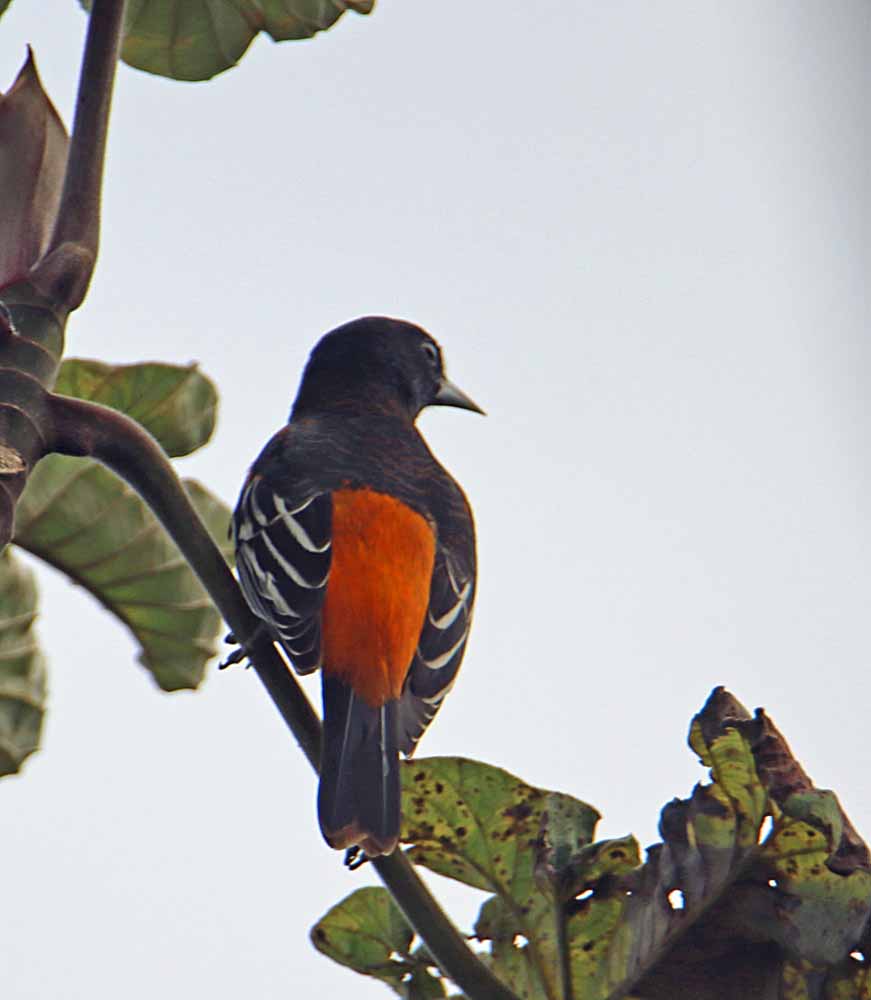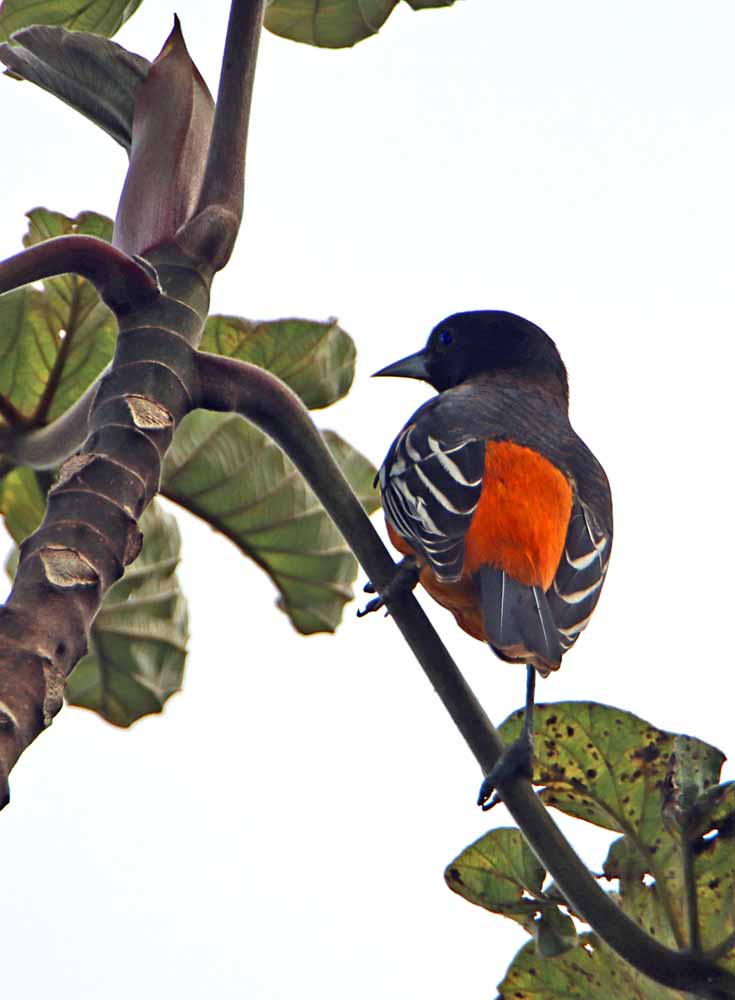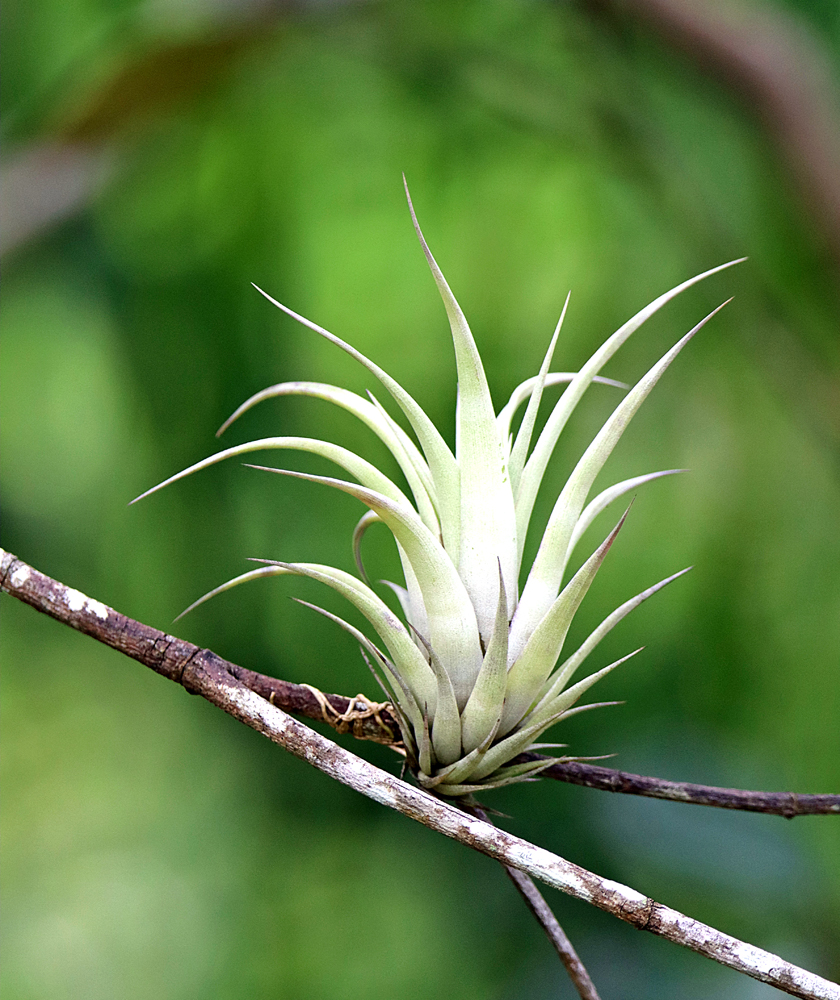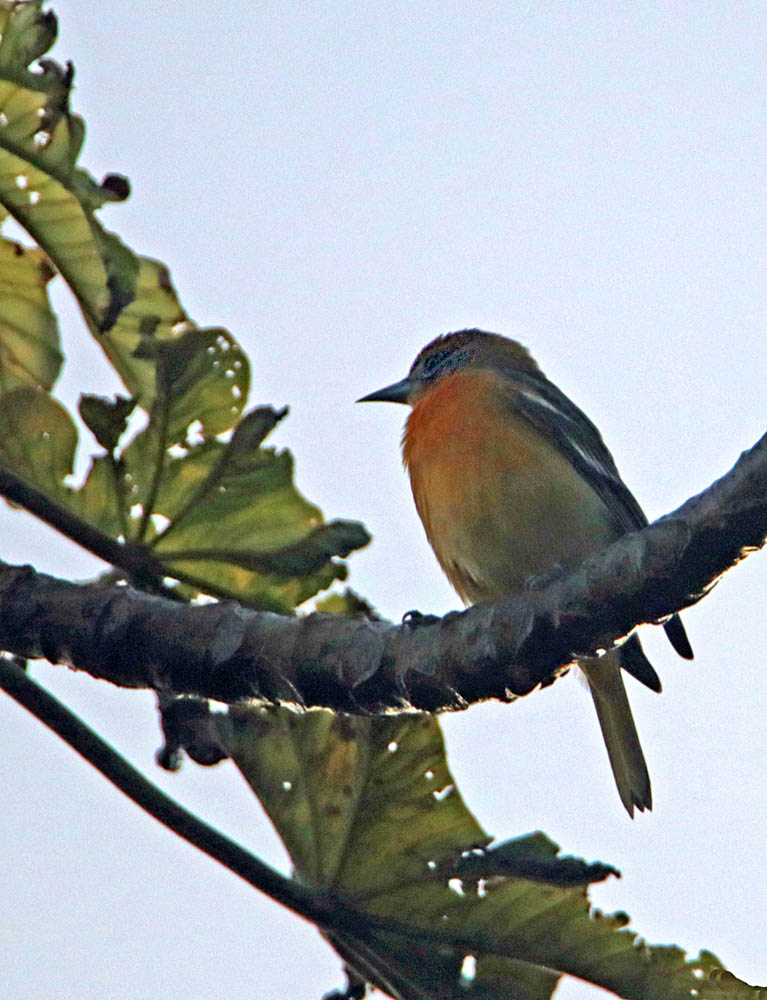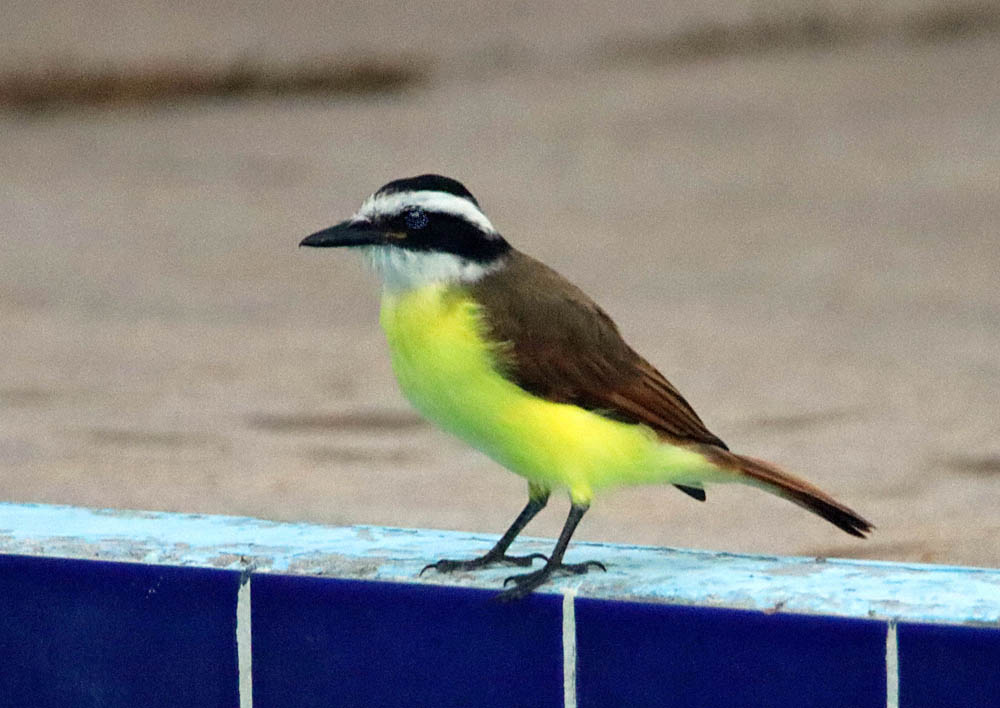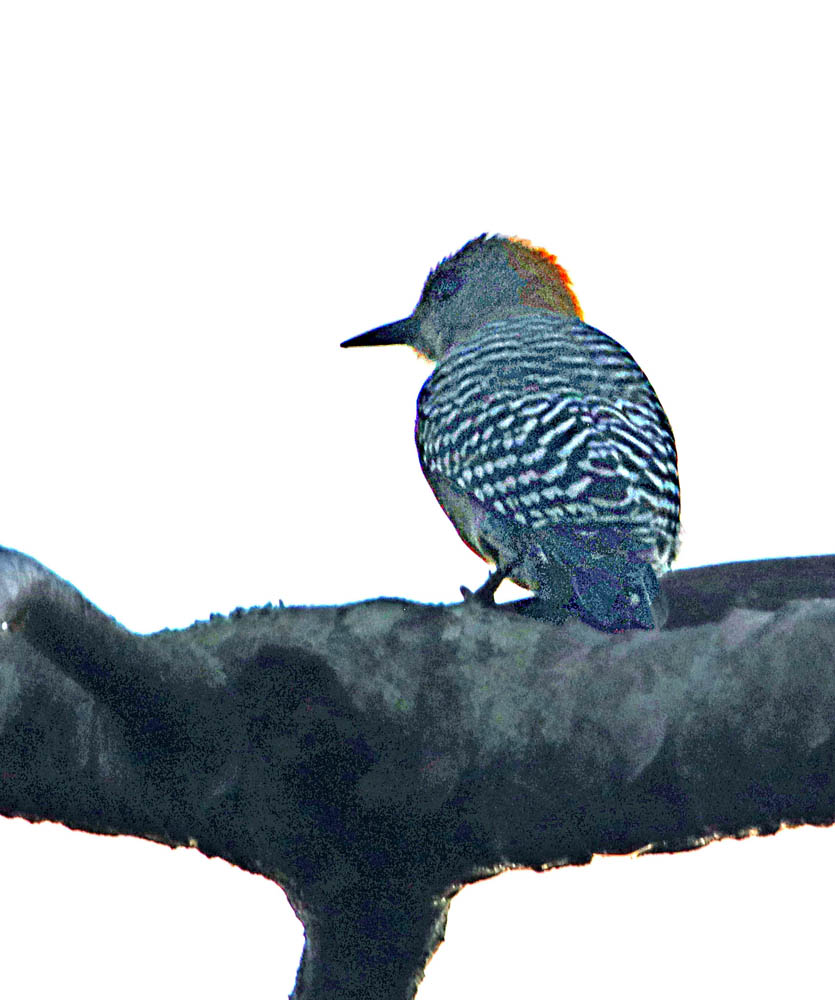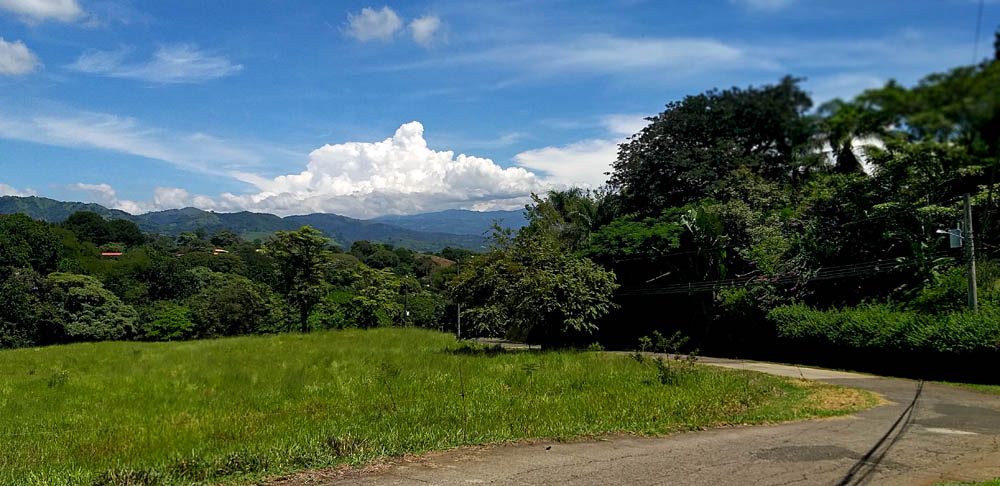Michael, a resident naturalist at Macaw Lodge, told me that they did not see this bird much there. And I’ve only seen him in 3 other places in Costa Rica as shown in my Southern Rough-winged Swallow GALLERY. You can read more about him on eBird, the Southern Rough-winged Swallow, Stelgidopteryx ruficollis, a seasonal migrant here from South America who is slightly different from the Northern Rough-winged Swallow, who is both a migrant from North America and some a resident in Costa Rica. Several species have individuals who evidently like it here and just decide to stay along with the ones born here.
People living in the northern hemisphere often think that the only migrants are from the north flying south, but as the literal center of the Americas we get just as many migrants flying north from the southern hemisphere (like this bird). It also explains the two names of “Rough-winged Swallows,” the “Northern RWS” migrate here from the north and the “Southern RWS” migrate here from the south. That is why Costa Rica and other parts of Central America are meccas for bird-watching! You can see birds from both hemispheres! 🙂 Here’s 2 individual shots and 2 group shots of this southern migrant . . .

